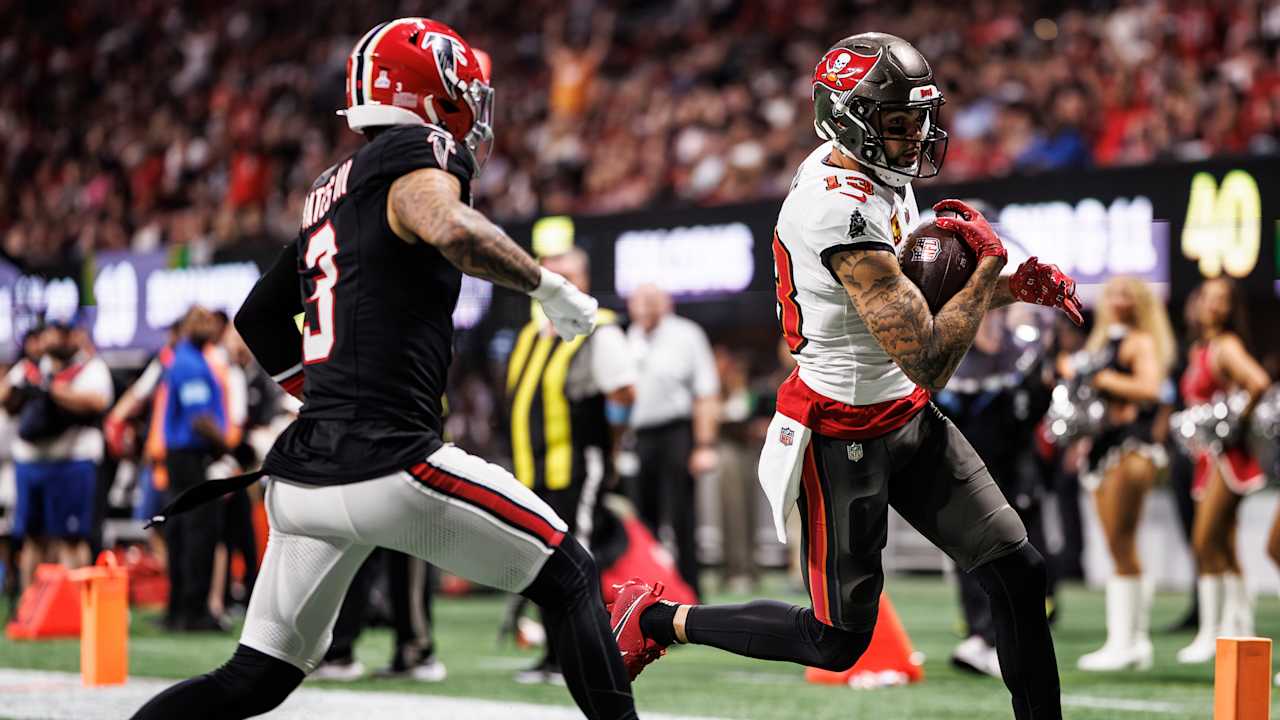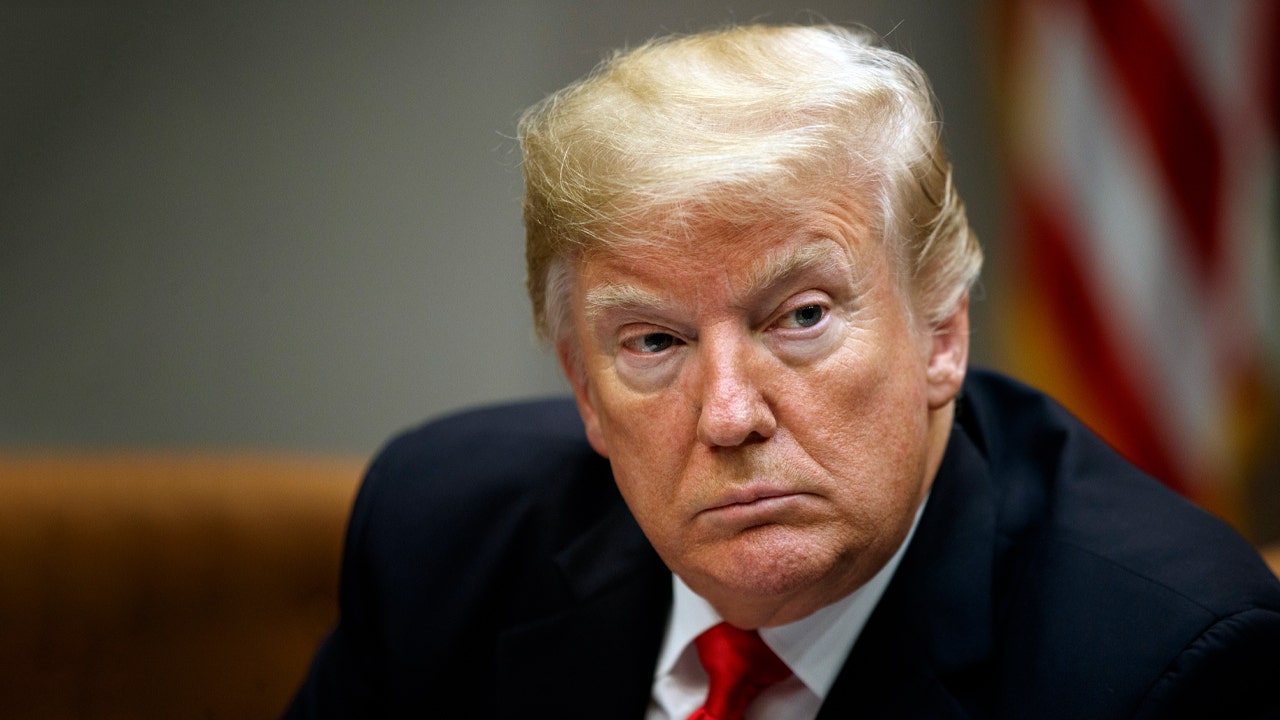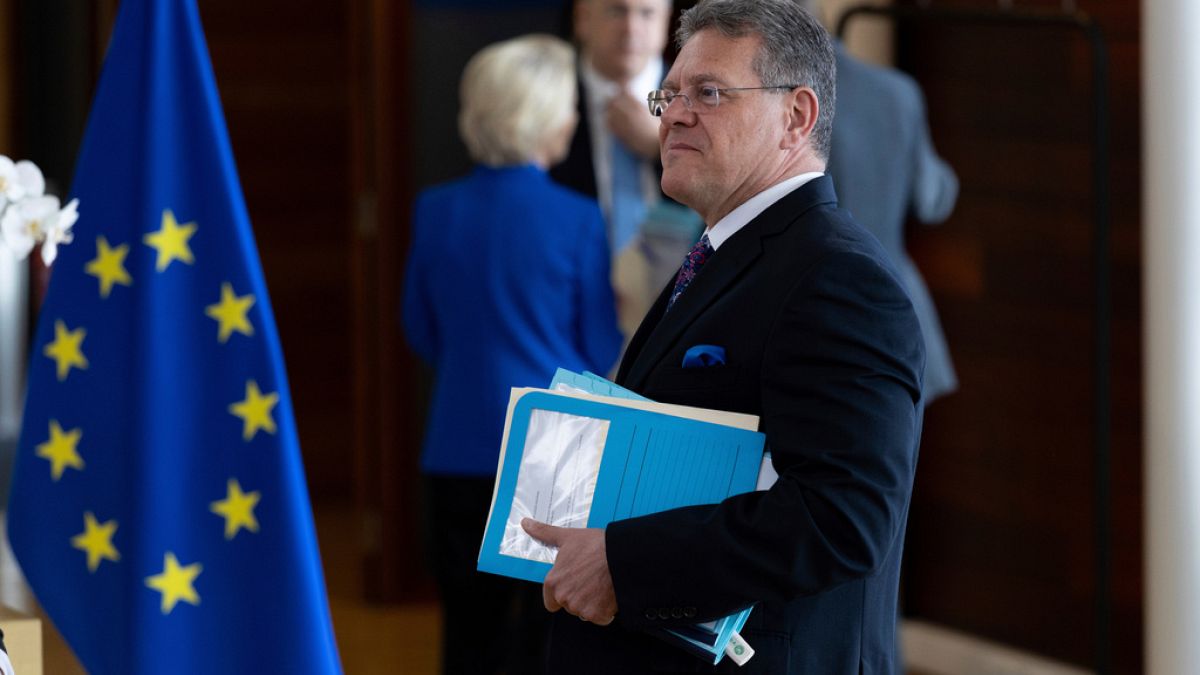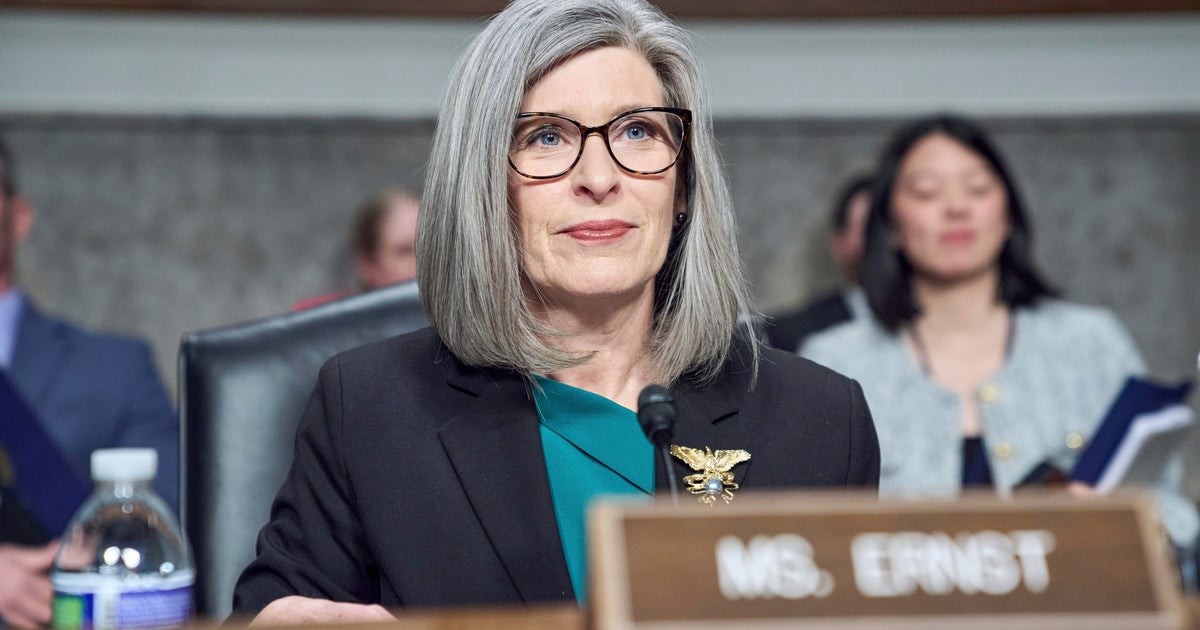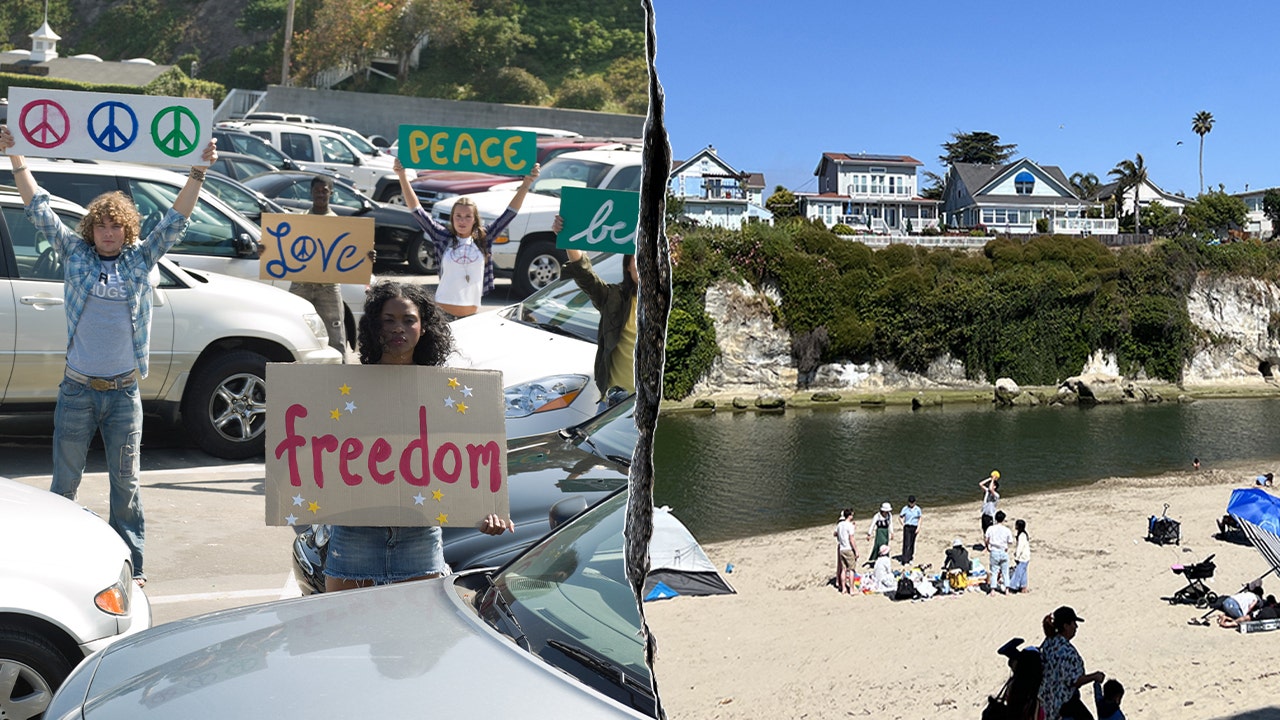Boston, MA
Boston’s future depends on whether we remember lessons from the past – The Boston Globe

In the 19th century, Boston was home to the American Industrial Revolution, the abolition movement, and the women’s rights movement. It was known as the “Athens of America,” and its population grew so fast that we needed to fill in the South Cove, South End, Back Bay, and parts of East Boston and South Boston.
What followed? From the early 1920s, when a national recession prompted the region’s industrial base to shutter and chase lower-cost labor, through the 1980s, a decade that ended with the embarrassment of the Charles Stuart murder-suicide, Boston was an urban basket case. In 1959, Boston’s bonds were rated at just above junk level. In 1950, the population of the city was over 800,000; by 1980, the city had lost nearly 300,000 people. As recently as 1982, the Brookings Institute declared Boston the most blighted big city in America.
As a land-use attorney, I talk regularly with real estate development clients grappling with the question of whether to continue to invest in Boston. After all, the future for the city seems shakier than it has in a generation, with Boston wrestling with housing, transportation, climate change, and equity crises. Hybrid work has emptied downtown, shuttered businesses that cater to workers, and threatened the city’s tax base.
To answer my clients’ questions, I felt I had to better understand why Boston triumphed for nearly a century, then stagnated for seven decades, only to succeed again over the last three decades. Starting in 2017, I read every book I could find about Boston history. I found nearly 300 of them by scouring used bookstores and hunting them on the web. I was looking for patterns and practices that have coincided with urban success and failure, which I describe in a forthcoming 800-page book, “A History of Boston.”

What have I learned?
Colonial and Federal-period Boston, as the financial capital of New England, enjoyed a maritime (fishing and whaling) / agrarian (farming) / mercantile (trade) economy. The region’s whaling ships spanned the globe and provided the oil that lit cities like London, its trading ships called upon ports in China, India, Russia, and (sadly) Africa (as part of the triangular trade in enslaved persons). Yet, by the 1840s, Boston’s tripartite economy was in steep decline, with farmers leaving the region for the fertile grounds of the Ohio River Valley and the Erie Canal funneling the nation’s products to New York instead of Boston.
But Boston proved itself resilient. A city of ideas, Boston in the 19th century embraced religious reform (Unitarianism), philosophical exchange (Transcendentalism), educational advances (led by pioneers like Horace Mann), medical innovation (Susan Dimock, Dorothea Dix), and prison restructuring. Famous as the center of the American abolition movement in the 1850s, Boston is less well known for the nation’s first civil rights movement, in the 1840s, when the city’s free Black community used all the tools that later became familiar during the 1950s and 1960s civil rights movement in the American South — civil disobedience, picketing, lobbying, leafletting, and litigation — to integrate places of worship and employment and, finally in 1851, the schools (even if that integration, as we learned in the 1970s, proved short-lived). Boston’s willingness in the 19th century to accept new and diverse ideas — ideas that challenged orthodoxies — laid the foundation for the innovation that drove the American Industrial Revolution and made New England a manufacturing powerhouse.

Yet when those mills started closing in the 1920s, after the 1920 recession and the shutting of the country’s borders to immigrants in 1924, Boston did not reform its economy. For seven decades, Boston did not innovate. Instead, Boston retreated to tribalism — white vs. Black, Protestant vs. Catholic — shutting out diverse people and ideas. “Banned in Boston” was a real thing; Boston had a city censor into the 1980s! Rather than investing in the city as it had in the 19th century, Boston tore down its dense neighborhoods in the name of urban renewal and highway building, letting people and jobs move to the suburbs.
It turns out that for cities to evolve and thrive, innovation must be actively cultivated by creating inviting spaces that bring together diverse people with diverse ideas. The three Ds — density, diversity, and good urban design — are the foundation for city building. Only when Boston reembraced these principles, starting with the backlash against urban renewal in the 1960s and finally more broadly in the 1990s, did the city finally reinvent itself with its knowledge-based economy of the last three decades.
These principles are our best local response to the concurrent crises we face today. Building dense housing in the city and near public transportation addresses our housing shortage and gets people out of their cars, improving our roadways and reducing carbon emissions — and creates the conditions in which we have learned from our history that innovation thrives.
The pandemic shook our faith in urbanism. Yet the vaccines that helped us get past the worst of COVID-19 were all created in urban areas, including Moderna’s here in Greater Boston, and some of the best hospitals to treat the effects of the pandemic were in the city. Remote working sure is convenient, but innovation depends on bringing people together again. We knew these basic principles of urbanism in the 19th century (even if that term was not known then), we forgot them through much of the 20th century, and we’ll need to remember them in the 21st.
Daniel P. Dain, a partner in the Boston law firm of Dain, Torpy, Le Ray, Wiest & Garner, is the author of “A History of Boston,” due out on Sept. 19. He will be discussing the book at the Cambridge Public Library at 6 pm on Sept. 18, in an event sponsored by the Harvard Book Store.

Boston, MA
NBA insider suggests Boston Celtics rival as threat to sign Al Horford

The status of Al Horford is one of several big questions the Celtics front office will face this offseason. The veteran big man signaled back in March that he planned on playing another next season in Boston. However, an early second-round exit to the Knicks combined with Jayson Tatum’s Achilles tear had him hedging on those plans last month.
“Yeah, I’m just not ready to talk about that right now,” Horford said in May. “I just need some time with my wife and my family, and that’s what I plan on doing these next few weeks.”
Horford will be an unrestricted free agent after playing his last four seasons in Boston following the Celtics acquiring him from the Thunder in 2021. At 38 years old, it remains to be seen whether he’d be willing to play for a team that may not be a serious contender in Boston next season with Tatum sidelined. That uncertainty may open the door for opportunity for one of Boston’s rivals as Tim Bontemps suggested on ESPN’s Hoop Collective.
“Al Horford is a free agent,” Bontemps said. “I don’t think at this point it makes a lot of sense for Horford to be back in Boston. Maybe he will be, but given where things are with the Celtics, I think he’s now much more in play than he might have been a month ago. Al Horford is a longtime friend of Karl-Anthony Towns and has played with him with the Dominican National team for a long time.”
“If (the Knicks) go get Al Horford this summer, who I think (Al) would be an unbelievable fit on this Knicks roster and they go get another perimeter player to deepen their rotation. That’s a much better team and a team that could beat the Pacers next year. That’s a team that’ll be in the mix in the East.”
The Knicks are currently already have salary committed beyond the first apron for next season so they wouldn’t be able to offer anything beyond the taxpayer midlevel exception for next season. However, the Knicks’ need for another versatile big is evident given Towns’ defensive woes and the injury issues Mitchell Robinson has faced for the next two years.
If the Celtics avoid a bigger reset next season to the roster, the guess here is the team will still pitch Horford on returning for the next couple years in hopes they can make another deep playoff run once Tatum returns. However, if Horford is focused on having a better chance to win next season above all else if he continues playing, the Knicks are among several teams that will be worth watching on the free agency market.
Boston, MA
Boston police seek publics help for search of three vandalism suspects

Boston police are asking for the public’s help in identifying three suspects wanted for vandalism
Investigators say three women, all believed to be in their twenties, caused serious damage to a vehicle on 15 Guild Street in Roxbury on May 19th.



Boston police are actively investigating the incident.
If you know who they are or have information related to this case, police are asking you to call detectives at (617) 343-4275.
Community members who wish to provide information anonymously may do so through the Crimestoppers tip line, either by phone at 1-800-494-tips or by texting “tip” to crime (27463)
This is a developing story. Check back for updates as more information becomes available.
Download the FREE Boston 25 News app for breaking news alerts.
Follow Boston 25 News on Facebook and Twitter. | Watch Boston 25 News NOW
Boston, MA
Boston police arrest man, charged with numerous drug possession charges

Boston police have arrested a 44-year-old Boston man following a drug bust in Dorchester
Bodio Hutchinson has been charged with:
-
Distribution of Class B (Crack Cocaine)
-
Possession with Intent to Distribute Class B
-
Possession with Intent to Distribute Class B (Subsequent Offense)
Police conducted a drug interdiction operation back on Tuesday after an increasing number of complaints from the community about open drug use and distribution in the area of 6 Lyndhurst Street.
Surveillance teams saw people loitering in front of the address and witnessed behavior consistent with street-level drug transactions.
Police deployed an undercover officer, who was giving documented buy money, and went up to a suspect, identified as Hutchinson, and retrieved a plastic bag believed to be crack cocaine.
Officers took Hutchinson into custody. While doing so, officers noticed a plastic bag containing four smaller baggies of crack cocaine was located next to where he had been sitting, along with his personal belongings.
During a subsequent search, officers recovered an additional 26 baggies from the suspect’s back pocket, as well as a medium-sized plastic bag of crack cocaine concealed inside a cigarette box. Officers also seized an undisclosed amount of U.S. currency totaling $119, which included the previously marked buy money.
Hutchinson is expected to be arraigned in Dorchester District Court at an unspecified date.
This is a developing story. Check back for updates as more information becomes available.
Download the FREE Boston 25 News app for breaking news alerts.
Follow Boston 25 News on Facebook and Twitter. | Watch Boston 25 News NOW
-

 Business1 week ago
Business1 week agoPlastic Spoons, Umbrellas, Violins: A Guide to What Americans Buy From China
-

 Movie Reviews1 week ago
Movie Reviews1 week agoMOVIE REVIEW – Mission: Impossible 8 has Tom Cruise facing his final reckoning
-

 Movie Reviews1 week ago
Movie Reviews1 week ago‘Magellan’ Review: Gael Garcia Bernal Plays the Famous Explorer in Lav Diaz’s Exquisitely Shot Challenge of an Arthouse Epic
-

 Technology1 week ago
Technology1 week agoThe oldest Fire TV devices are losing Netflix support soon
-

 Maryland1 week ago
Maryland1 week agoMaryland, Cornell to face off in NCAA men’s lacrosse championship game
-
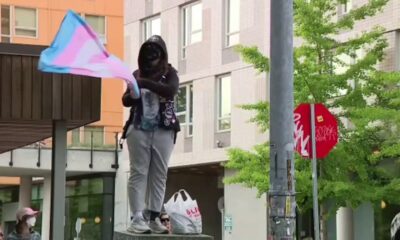
 West1 week ago
West1 week agoRiley Gaines says 'literal human feces' thrown in protest of Turning Point USA at University of Washington
-

 Tennessee1 week ago
Tennessee1 week agoTennessee ace Karlyn Pickens breaks her own record for fastest softball pitch ever thrown
-

 World1 week ago
World1 week agoAustralia begins cleanup after floods kill 5, strand thousands


